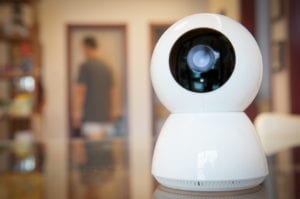Don’t lock your smart home behind a cheap luggage lock when it needs a deadbolt. The best thing you can do is to set up a secure password using a password manager. With a password manager, you don’t have to remember dozens of passwords or hit the “Forgot your password?” link each time you log in.
Most password managers generate random passwords that are difficult for hackers to crack, even with the best tech. The password manager also helps you track how long since you last changed your password. Changing passwords a couple of times a year helps keep hackers at bay.
Make sure you create an extra-strong master password to ensure the password manager doesn't get hacked. Otherwise, hackers will have all of your passwords at their fingertips.
If you share smart home devices with other members of your family, make sure they each have their own account (rather than passing along a shared password for one account).

